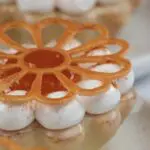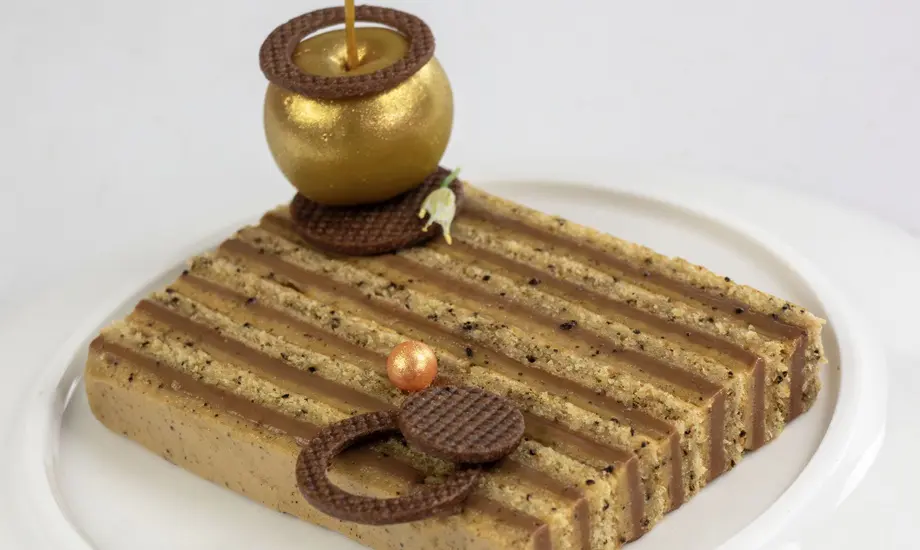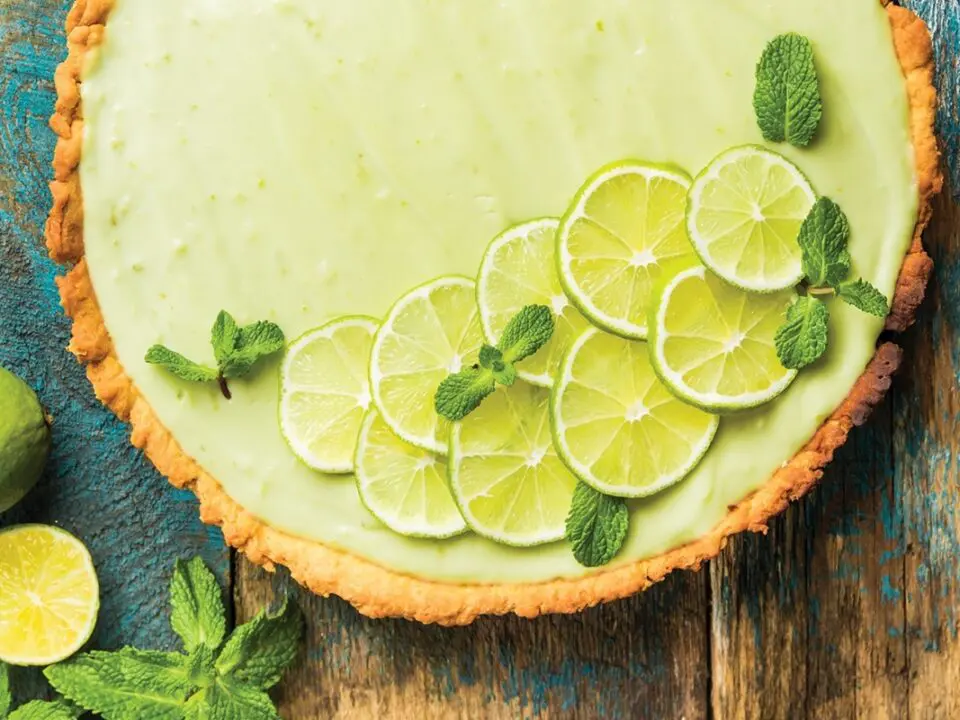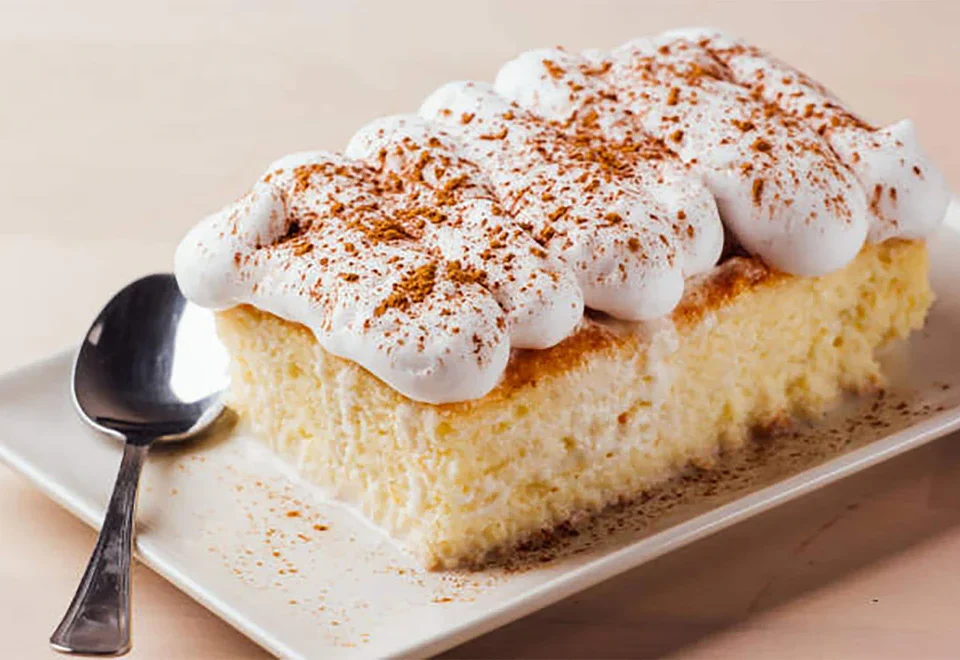
Tempering Chocolate Like a Pro – A Chef’s Guide
April 1, 2025
How to Plan Like a Pastry Chef – Dessert Prep Tips for Busy Hosts
April 28, 2025The Art of Layered Desserts – A Pastry Chef’s Guide
There’s something magical about a perfectly constructed entremet. Cut through it with a knife, and you reveal a cross-section of colours, textures, and flavours—all working in harmony. Whether it’s for a celebration or a Sunday afternoon indulgence, layered desserts like mousse cakes and modern entremets are a true showstopper.
At Flux Desserts, layered beauty is what we do best. Here’s how we think about building these desserts—and a few chef’s secrets to help you create your own at home.
🧁 1. Start with Structure – The Sponge
Every beautiful build begins with a solid base. In the world of entremets, that means a sponge or biscuit layer.
Tips for success:
Choose a sponge that’s light but sturdy—like a joconde, dacquoise, or a thin génoise.
Trim neatly and freeze before assembly to avoid crumbs or uneven stacking.
Brush with flavoured syrup for moisture and an extra flavour kick.
This layer shouldn’t just be a base—it should be an intentional part of the overall flavour profile.
🍫 2. Bring the Creaminess – Mousse Layers
Mousse is the star of many entremets, providing richness, airiness, and contrast to denser textures.
Tips for perfect mousse:
Whip your cream to soft peaks—not stiff—so it folds in smoothly without deflating.
Combine with a stable base (like a crème anglaise or pâte à bombe) and always use gelatin for structure.
Flavour balance matters—don’t overpower with sweetness. Think: dark chocolate mousse with salted caramel, or vanilla bean with raspberry purée.
Use contrasting colours or flavours to create visual drama and depth of flavour.
🌰 3. Add Crunch – The Hidden Surprise
Texture is king. A crunchy layer adds contrast and keeps each bite interesting.
Crunch components to try:
Feuilletine mixed with praline paste and chocolate (classic).
A thin layer of nut brittle, crushed cookie, or caramelised puffed rice.
Shortcrust or sablé breton—baked and chilled until crisp.
This layer is best placed in the centre or just above the sponge to avoid softening too quickly.
✨ 4. Seal the Deal – Glaze or Mirror Finish
No entremet is complete without a glossy glaze. It’s the final flourish that ties everything together.
Tips for a perfect glaze:
Chill your assembled cake until very firm (ideally overnight).
Your glaze should be between 30–35°C when poured for optimal shine and flow.
Use neutral glaze with colour for fruity tones, or a cocoa glaze for rich, chocolatey depth.
Practice makes perfect—don’t stress if it’s not flawless on your first try. Even imperfect glazes can look stunning with some edible gold leaf or garnishes.
🍓 Final Tips from the Flux Kitchen
Here’s what we keep in mind when designing every new entremet:
Contrast is key—soft vs crunchy, tart vs sweet, light vs rich.
Balance your layers in thickness—visually and texturally. No one layer should overpower the others.
Use your freezer—it’s your best friend. Most components set better frozen, and frozen desserts are easier to glaze and slice.
Plan ahead. Entremets are best made over 2–3 days with chilling time between layers.
Inspired to Create?
If you’re dreaming of layered dessert ideas or planning your own entremet adventure, explore our latest creations in-store or online. At Flux Desserts, we’re passionate about pushing flavour and form—one layer at a time.
Need guidance or want to see what’s possible? Come chat with our team or follow us behind the scenes on Instagram for more entremet tips and inspiration.



